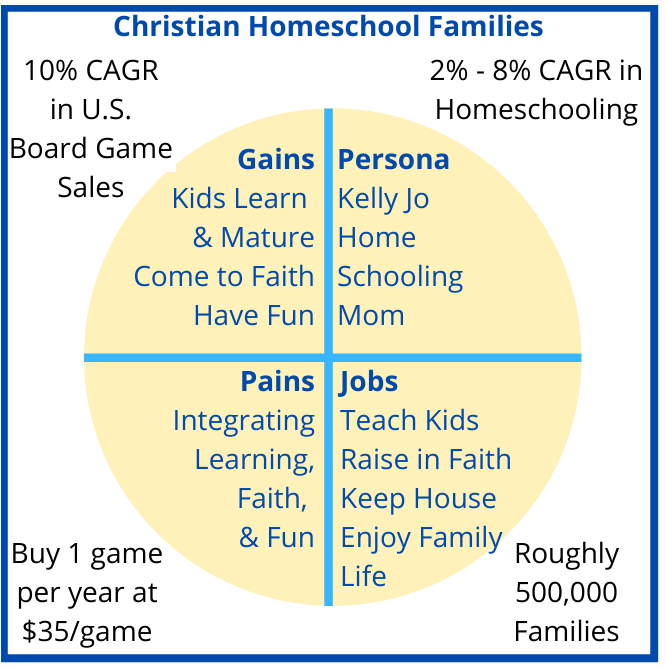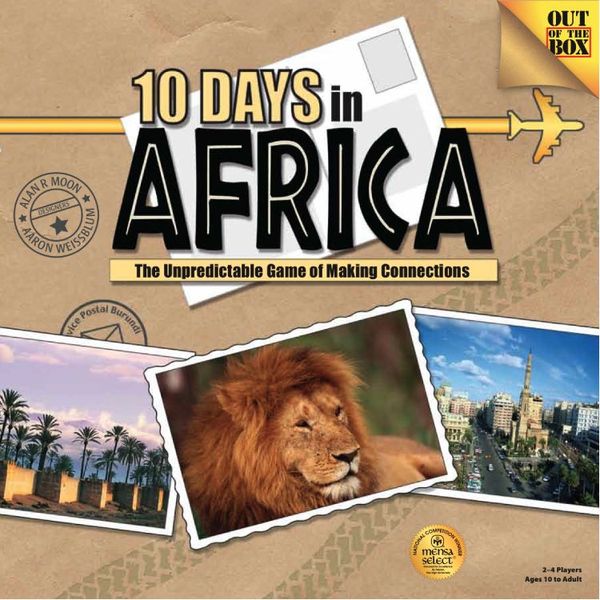Last week we looked at Jesus’ third journey — from Bethlehem to Jerusalem. Before we move on from Jerusalem, I want to stop and take a good look at this city.
Jerusalem is mentioned by name 766 times in the World English Bible, with the first occurrence of the name being in Joshua 10 when Adoni-Zedek king of Jerusalem forms an alliance with four other kings and they attack Gibeon in retaliation for the Gibeonites making peace with Israel. In one of the most amazing displays of God fighting for His people, the battle went long and didn’t end well for Adoni-Zedek and his allies.
But, many scholars believe that Joshua 10 is not the first mention of this great city. They believe that Jerusalem is the same city as Salem and we encounter a theologically important King of Salem in Genesis 14.
Melchizedek king of Salem brought out bread and wine. He was priest of God Most High. 19 He blessed him, and said, “Blessed be Abram of God Most High, possessor of heaven and earth. 20 Blessed be God Most High, who has delivered your enemies into your hand.” Abram gave him a tenth of all. Genesis 14:18-20
And so, even from Abraham’s day, Salem was a spiritual center in the land. But many centuries would pass before Jerusalem would again become spiritually prominent for Abraham’s descendants.
In Joshua 10 we read that Adoni-Zedek and his army were defeated by Israel’s army, but in Joshua 15 we hear that Jerusalem, on the border between Judah’s and Benjamin’s territory, was not completely conquered.
As for the Jebusites, the inhabitants of Jerusalem, the children of Judah couldn’t drive them out; but the Jebusites live with the children of Judah at Jerusalem to this day. Joshua 15:63
After Joshua’s death, Judah and Benjamin again fought against the Jebusites in Jerusalem with limited success. (Judges 1:8,21)
So, why was Jerusalem so hard to conquer?
In short, it held a very defensible position.
The city was built on two ridges. The western ridge is what is now called Mount Zion. The eastern ridge is the southern spur of Mount Moriah. The Jebusites had built their fortress on the very southern tip of this ridge. The Tyropoeon Valley separated the two ridges, but more importantly, the Kidron Valley separates Mount Moriah from the Mount of Olives, and the Hinnom Valley runs to the south of both ridges and west of Mount Zion.

These deep valleys create steep slopes up to the ridges, providing natural defenses. Mount Zion is significantly broader and higher than the eastern ridge, but lacked a good water source, so the Jebusite fortress was built on the eastern ridge on top of the Gihon spring.
This spring played a key role in the next major chapter of Jerusalem’s history.
In 1867, explorer Charles Warren discovered a shaft that connected the city to the spring down below. The residents could lower buckets by rope down this shaft and draw water into the city. A popular theory has been that when David sought to capture Jerusalem, Joab led the attack by climbing up this shaft (2 Samuel 5:7-8).
Israel’s first king, Saul, was a Benjamite and he made Gibeah his capital. Gibeah was 3 miles north of Jerusalem. After the death of Saul, David was first chosen as king of Judah and made his capital Hebron, 19 miles south of Jerusalem. After the death of Saul’s son Ish-bosheth, the remaining tribes came to David in Hebron and made him king over all of Israel.
After conquering the city, David strategically made Jerusalem, on the border of Judah and Benjamin, his new capital. He expanded the city and strengthened it’s fortifications. Jerusalem has continued as an important political center for Israel to this day.
However, perhaps more significantly, David and his son Solomon also made Jerusalem the spiritual center of the country.
During the exodus from Egypt, God had directed Moses to create the ark of the covenant with its mercy seat where God would meet with Moses. He also directed Moses in creating a tabernacle (tent) to house the ark. God also established through Moses the ceremonial system through which the Israelites would worship God. The alter at the tabernacle was the center of that worship. The tabernacle and everything associated with it could be easily packed up and moved as Israel continued its journey to the promised land.
Even after arriving in the land, the tabernacle continued to be the spiritual center of the Jews. At first, it was in the Israelite camp at Gilgal, but then moved to Shiloh in Ephraim (about 30 miles north of Jerusalem). Saul moved the tabernacle first to Nob and then to Gibeon, 10 miles northwest of Jerusalem (2 Chronicles 1:3).
The ark of the covenant, however, was no longer with the tent of meeting. In Eli and Samuel’s day, the Israelites had foolishly taken the ark into battle against the Philistines, who captured the ark and carried it away. God brought judgment on the Philistines, who sent it back to Israel. It stayed for 20 years at Kirjath-jearim before David had it moved, first to Perez Uzzah and then finally, into Jerusalem (2 Samuel 6:15,17).
David wanted to build a house for the Lord in Jerusalem, a permanent temple to replace the tabernacle, but God would not allow it since David was a man of war. He told David that his son Solomon would be the one to build the temple. In his life, David gathered the materials, and God, in His providence, made clear the place for the temple.
God allowed Satan to tempt David to take a prideful census of the people, leading to God sending a pestilence on the land. As the destroying angel was about to strike Jerusalem, God commanded David to build an altar to the Lord at the threshing floor of Ornan, the Jebusite, where the angel of the Lord stood with his sword drawn.
So David gave to Ornan six hundred shekels of gold by weight for the place. 26 David built an altar to Yahweh there, and offered burnt offerings and peace offerings, and called on Yahweh; and he answered him from the sky by fire on the altar of burnt offering. 27 Then Yahweh commanded the angel, and he put his sword back into its sheath. 1 Chronicles 21:25-27
Then David said, “This is the house of Yahweh God, and this is the altar of burnt offering for Israel.” 1 Chronicles 22:1
It must be noted that this was not the first time that a sacrifice had been offered in this place. We must again go back to Abraham’s day.
He [God] said, “Now take your son, your only son, Isaac, whom you love, and go into the land of Moriah. Offer him there as a burnt offering on one of the mountains which I will tell you of.” Genesis 22:2
So Abraham took Isaac and they went and Abraham was prepared to sacrifice his son, but God stayed his hand.
12 He said, “Don’t lay your hand on the boy or do anything to him. For now I know that you fear God, since you have not withheld your son, your only son, from me.” 13 Abraham lifted up his eyes, and looked, and saw that behind him was a ram caught in the thicket by his horns. Abraham went and took the ram, and offered him up for a burnt offering instead of his son. 14 Abraham called the name of that place “Yahweh Will Provide”. As it is said to this day, “On Yahweh’s mountain, it will be provided.” Genesis 22:12-15
And if we fast forward in time from Abraham to David and all the way to Jesus, we will see again on this same mountain another sacrifice, this time of God’s Son, His only Son.
For God so loved the world, that he gave his one and only Son, that whoever believes in him should not perish, but have eternal life. John 3:16
But I’m getting ahead of myself.
Getting back to Solomon’s time, David’s son did build the temple on Mount Moriah.
Then Solomon began to build Yahweh’s house at Jerusalem on Mount Moriah, where Yahweh appeared to David his father, which he prepared in the place that David had appointed, on the threshing floor of Ornan the Jebusite. 2 Chronicles 3:1 (see also 2 Chronicles 5:2,4-5,7)
Solomon’s temple became the center of worship for all of Israel.
Unfortunately, Israel’s kings and people sinned and turned away from God and His wrath burned against them. After nearly 400 years, He sent Nebuchadnezzer, king of Babylon, who conquered Judah, burned Jerusalem, and destroyed the temple.
By God’s grace, Persia conquered Babylon and Cyrus the Great allowed Jews to return to Jerusalem. Seventy years after the destruction of Solomon’s temple, these returnees rebuilt the temple. Four hundred years later, under Roman rule, just before the time of Christ, King Herod the Great greatly expanded and renovated the temple.
This is the Jerusalem and temple that Joseph, Mary, and Jesus visited weeks after His birth.
—
The map above is from the current prototype of the Journeys with Jesus game board showing the location of Jerusalem.
If you’ve found this interesting and would like to continue to read these stories of the journeys and places in Journeys with Jesus, sign up in the sidebar to receive updates.
Note: all scripture quotes, unless otherwise noted, are from the World English Bible which is in the public domain.

 Bethlehem was not far from Jerusalem, just 8 km or 5 miles (less than a 2 hour walk according to Google Maps). Although the elevation of Bethlehem and Jerusalem are similar, they would’ve passed through a couple of dips, with the final climb into the royal city being fairly steep.
Bethlehem was not far from Jerusalem, just 8 km or 5 miles (less than a 2 hour walk according to Google Maps). Although the elevation of Bethlehem and Jerusalem are similar, they would’ve passed through a couple of dips, with the final climb into the royal city being fairly steep.



 Jesus’ second journey, still in Mary’s womb, was from Nazareth to Bethlehem. As with last week’s journey, this was a relatively long one. Nazareth is in the north, in Galilee, and Bethlehem is in the south, in Judaea. According to Google Maps, the distance is about 160 km (or almost 100 miles) and would take 33 hours on foot on today’s modern paths and roads.
Jesus’ second journey, still in Mary’s womb, was from Nazareth to Bethlehem. As with last week’s journey, this was a relatively long one. Nazareth is in the north, in Galilee, and Bethlehem is in the south, in Judaea. According to Google Maps, the distance is about 160 km (or almost 100 miles) and would take 33 hours on foot on today’s modern paths and roads.


 Jesus’ first journey is described later in Luke 1 when Mary, carrying Jesus in her womb, visits her relative Elizabeth. We don’t know exactly where Elizabeth and her husband Zacharias lived, it is only referenced as “a city of Judah”.
Jesus’ first journey is described later in Luke 1 when Mary, carrying Jesus in her womb, visits her relative Elizabeth. We don’t know exactly where Elizabeth and her husband Zacharias lived, it is only referenced as “a city of Judah”.